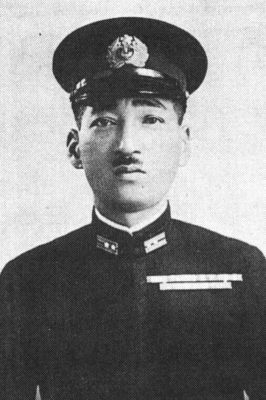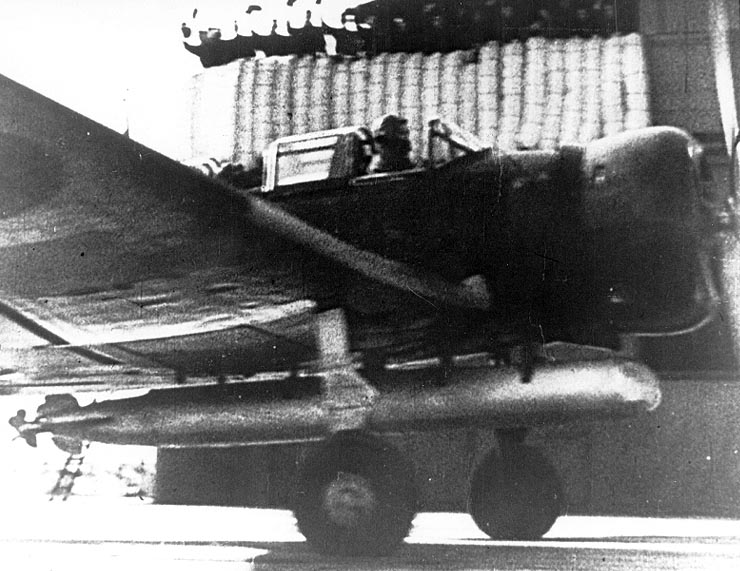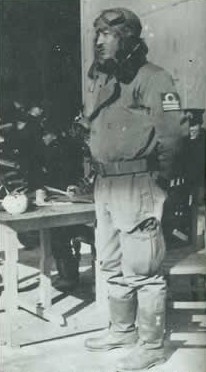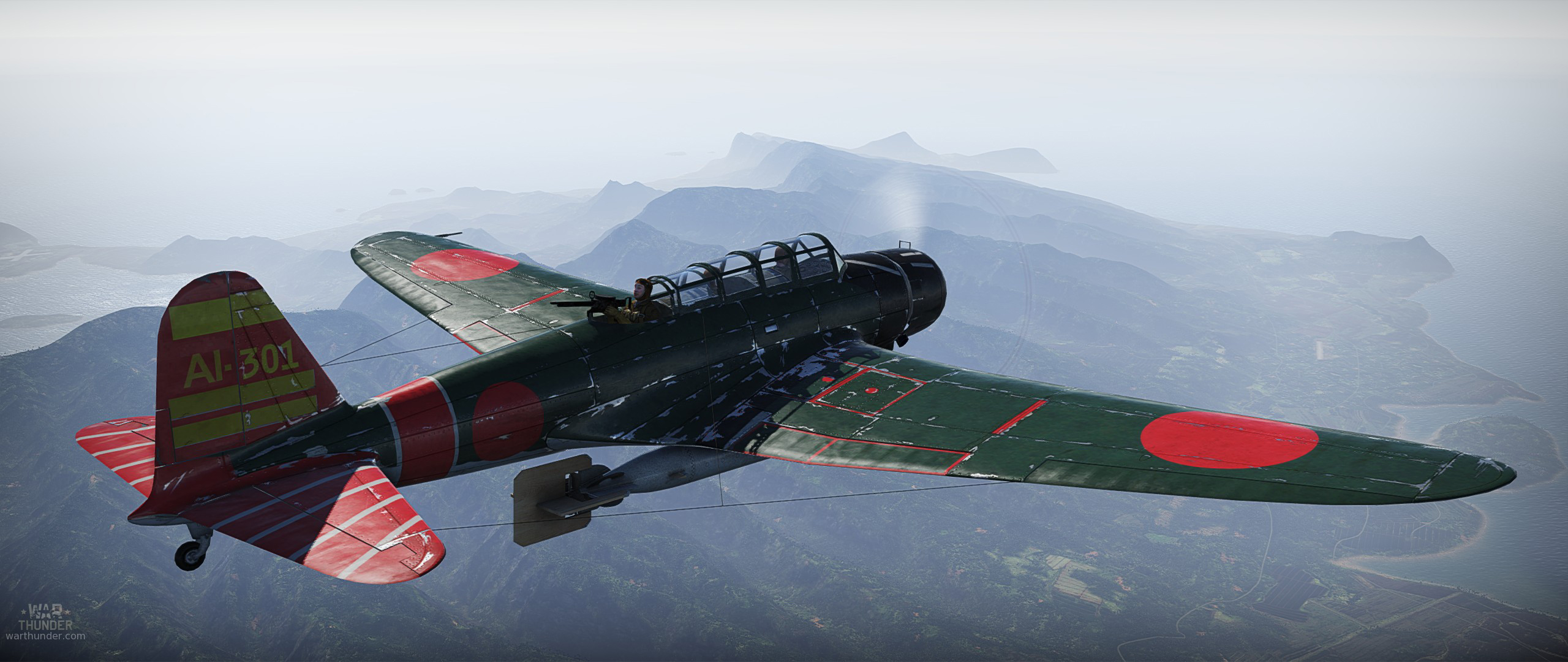
- For PC
- For MAC
- For Linux
- OS: Windows 7 SP1/8/10 (64 bit)
- Processor: Dual-Core 2.2 GHz
- Memory: 4GB
- Video Card: DirectX 10.1 level video card: AMD Radeon 77XX / NVIDIA GeForce GTX 660. The minimum supported resolution for the game is 720p.
- Network: Broadband Internet connection
- Hard Drive: 17 GB
- OS: Windows 10/11 (64 bit)
- Processor: Intel Core i5 or Ryzen 5 3600 and better
- Memory: 16 GB and more
- Video Card: DirectX 11 level video card or higher and drivers: Nvidia GeForce 1060 and higher, Radeon RX 570 and higher
- Network: Broadband Internet connection
- Hard Drive: 95 GB
- OS: Mac OS Big Sur 11.0 or newer
- Processor: Core i5, minimum 2.2GHz (Intel Xeon is not supported)
- Memory: 6 GB
- Video Card: Intel Iris Pro 5200 (Mac), or analog from AMD/Nvidia for Mac. Minimum supported resolution for the game is 720p with Metal support.
- Network: Broadband Internet connection
- Hard Drive: 17 GB
- OS: Mac OS Big Sur 11.0 or newer
- Processor: Core i7 (Intel Xeon is not supported)
- Memory: 8 GB
- Video Card: Radeon Vega II or higher with Metal support.
- Network: Broadband Internet connection
- Hard Drive: 95 GB
- OS: Most modern 64bit Linux distributions
- Processor: Dual-Core 2.4 GHz
- Memory: 4 GB
- Video Card: NVIDIA 660 with latest proprietary drivers (not older than 6 months) / similar AMD with latest proprietary drivers (not older than 6 months; the minimum supported resolution for the game is 720p) with Vulkan support.
- Network: Broadband Internet connection
- Hard Drive: 17 GB
- OS: Ubuntu 20.04 64bit
- Processor: Intel Core i7
- Memory: 16 GB
- Video Card: NVIDIA 1060 with latest proprietary drivers (not older than 6 months) / similar AMD (Radeon RX 570) with latest proprietary drivers (not older than 6 months) with Vulkan support.
- Network: Broadband Internet connection
- Hard Drive: 95 GB
Nakajima B5N2 Kate, AI-301, flown by Com. Mitsuo Fuchida, camouflage by Bineos_si | download here
Born in the Nara Prefecture on the Japanese island of Honshu in December 1902, Mitsuo Fuchida, was never particularly interested in aviation as a youth. With a fierce sense of patriotism and attracted to a life in the military, Fuchida volunteered for naval service at the age of 18 and was accepted for officer training at the Naval Acadamy at Etakima, Hiroshima. It was whilst carrying out his naval general training that he was first made aware of the option to spend his career as a naval aviator, and he began to take a keen interest in aircraft and aviation.
 Captain Mitsuo Fuchida Captain Mitsuo Fuchida |
In 1924 Fuchida graduated from Etajima after three years of training, being commissioned as a Midshipman in the Japanese Imperial Navy and also successfully applying for service in the Japanese Imperial Navy Air Service. Promoted to Sub-Lieutenant two days before his 25th birthday, he successfully passed out of the notoriously difficult Japanese naval pilot training pipeline as a bomber pilot.
The 1930s saw Fuchida’s experience as a naval flier grow, to the point he was selected for instructional duties in 1936. Identified as an officer with great potential, he was promoted to Lieutenant Commander and attended the yearlong course at the highly prestigious Naval War College in Tokyo.
With hostilities erupting again between Japan and China, Fuchida saw action during the Second Sino-Japanese War and gained valuable experience for what would soon be the defining point of his aviation career. With relations between Japan and the United States, 1941 saw Fuchida employed as the commander of the 37,000 ton aircraft carrier Akagi’s air group.
In December 1941 – on the day of infamy – the might of the Japanese Imperial Navy Air Service attacked Pearl Harbor. Fuchida, promoted to Commander only two months before, led the attack. In the pre-dawn darkness, 353 aircraft took to the skies from six Japanese aircraft carriers before forming up and heading for Oahu. Fuchida flew in the observer’s cockpit of the lead Nakajima B5N2 ‘Kate’ – this allowed him to concentrate solely on mission command rather than spending precious mental capacity on flying the aircraft and carrying out an accurate attack run which he left to his pilot, Lieutenant Mitsuo Matsuzaki.
 |
| B5N2 "Kate" Torpedo-bomber with dummy torpedo launching from Akagi deck |
Fuchida’s strike wave consisted of 90 aircraft; 50 B5N2s led by Lieutenant Commander Shigaharu Murata were fitted with 800kg bombs made up by fitting a tail fin to a 16 inch naval shell, whilst the remaining 40 bombers carried torpedoes adapted with special tail fins to allow them to function in the shallow waters of a harbour. In addition to some 51 Aichi D3A1 dive bombers, an escort of 43 Mitsubishi A6M2s escorted the wave.
At 0749 local time, Fuchida arrived over Pearl Harbor and gave the now famous signal ‘Tora, Tora, Tora,’ to the carrier Akagi: the attack had achieved complete surprise. The first wave had completed their devastating attack in some 20 minutes; after ordering them to return Fuchida remained in the overhead to supervise the second wave of the attack, consisting of a further 54 Kates, 78 Vals and 35 Zekes. By the time the aircraft had returned to their carriers, a level of devastation beyond what many had thought possible had been achieved. Four US Navy battleships were listed as sunk (although two were subsequently recovered) with a further four damaged as well as further damage to many smaller vessels, and nearly 200 aircraft had also been destroyed. More than 2300 American lives were lost. This was in exchange for 29 Japanese aircraft shot down by anti-aircraft fire and a handful of US fighters which managed to scramble into the air; the most famous of these actions was that of 2nd Lieutenant Phil Rasmussen of the US Army Air Corps.
Fuchida returned to a hero’s welcome aboard the carrier. Like the Taranto raid which the Japanese had drawn inspiration from, the aircrew were eager to launch for a follow up strike. Again, like Taranto, the command decision was taken to avoid returning to a harbour with alert defenses. Fuchida was summoned to report to no less than the Emperor himself, Hirohito, who he described the attack to in detail.
 Fuchida in training for attack on Pearl Harbor Fuchida in training for attack on Pearl Harbor |
Soon back in action, Fuchida led a 188 aircraft attack against Darwin; the largest attack ever carried out against Australia. Whilst the level of devastation inflicted at Pearl Harbor was not repeated it was nonetheless a very successful attack, with vital cargo vessels in the port being destroyed. In early March Fuchida led his aircraft against British naval targets in the Ceylon area; his aircraft were responsible for the sinking of five ships including the heavy cruisers HMS Dorsetshire and HMS Cornwall.
Still onboard the carrier Akagi, Fuchida suffered from appendicitis and had his appendix removed in the ship’s sick bay. It was whilst in the early stages of recovery from the operation that the great Battle of Midway took place; Fuchida was in no fit state to fly and so offered what support he could from the carrier’s bridge. After Akagi was hit (most likely by Lt Cdr Richard Best) the evacuation of the ship was ordered. Fighting through the pain of the rapid evacuation of the dying warship whilst still suffering from the effects of his operation, Fuchida was exiting the burning bridge via a rope when he was flung to the deck by an explosion, breaking his ankles in the process.
Identified as a brave, intelligent and highly respected leader, Fuchida was promoted to Captain in 1944 and would not return to the cockpit. He saw the rest of the war out as air staff officer to the Japanese Combined Fleet, and was also involved in the damage assessment operation following the dropping of the atom bomb on Hiroshima.
Fuchida left the navy following the cessation of hostilities. In 1948 he heard of the story of Jacob DeShazer, a survivor of the Doolittle Raid who converted to Christianity whilst struggling to survive the torture and abuse of being a Prisoner of War. After reading the Bible himself Fuchida converted to Christianity, much to the consternation of many of his friends and former comrades. He met DeShazer face to face in 1950. Mitsuo Fuchida dedicated the rest of his life to Christianity. His writings can easily be found via internet searches, and he expressed a deep and overpowering regret for the lives he took during the Second World War. He spent a great deal of time in the United States and worked as an evangelist and author. Remembered as an outspoken and intelligent man, he passed away in May 1976 at the age of 73.
About The Author
 |
Mark Barber, War Thunder Historical Consultant Mark Barber is a pilot in the British Royal Navy's Fleet Air Arm. His first book was published by Osprey Publishing in 2008; subsequently, he has written several more titles for Osprey and has also published articles for several magazines, including the UK's top selling aviation magazine 'FlyPast'. His main areas of interest are British Naval Aviation in the First and Second World Wars and RAF Fighter Command in the Second World War. He currently works with Gaijin Entertainment as a Historical Consultant, helping to run the Historical Section of the War Thunder forums and heading up the Ace of the Month series. |




